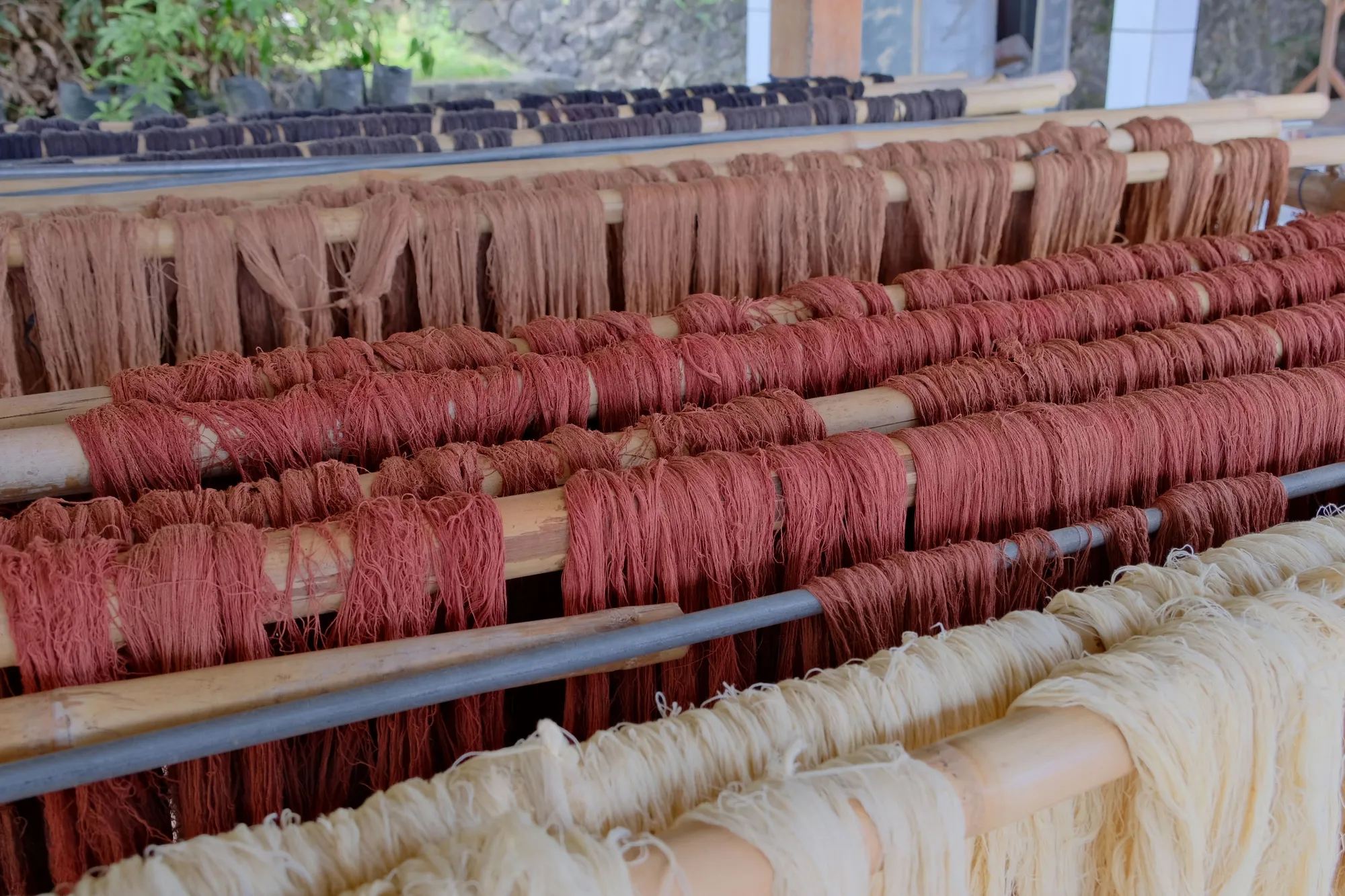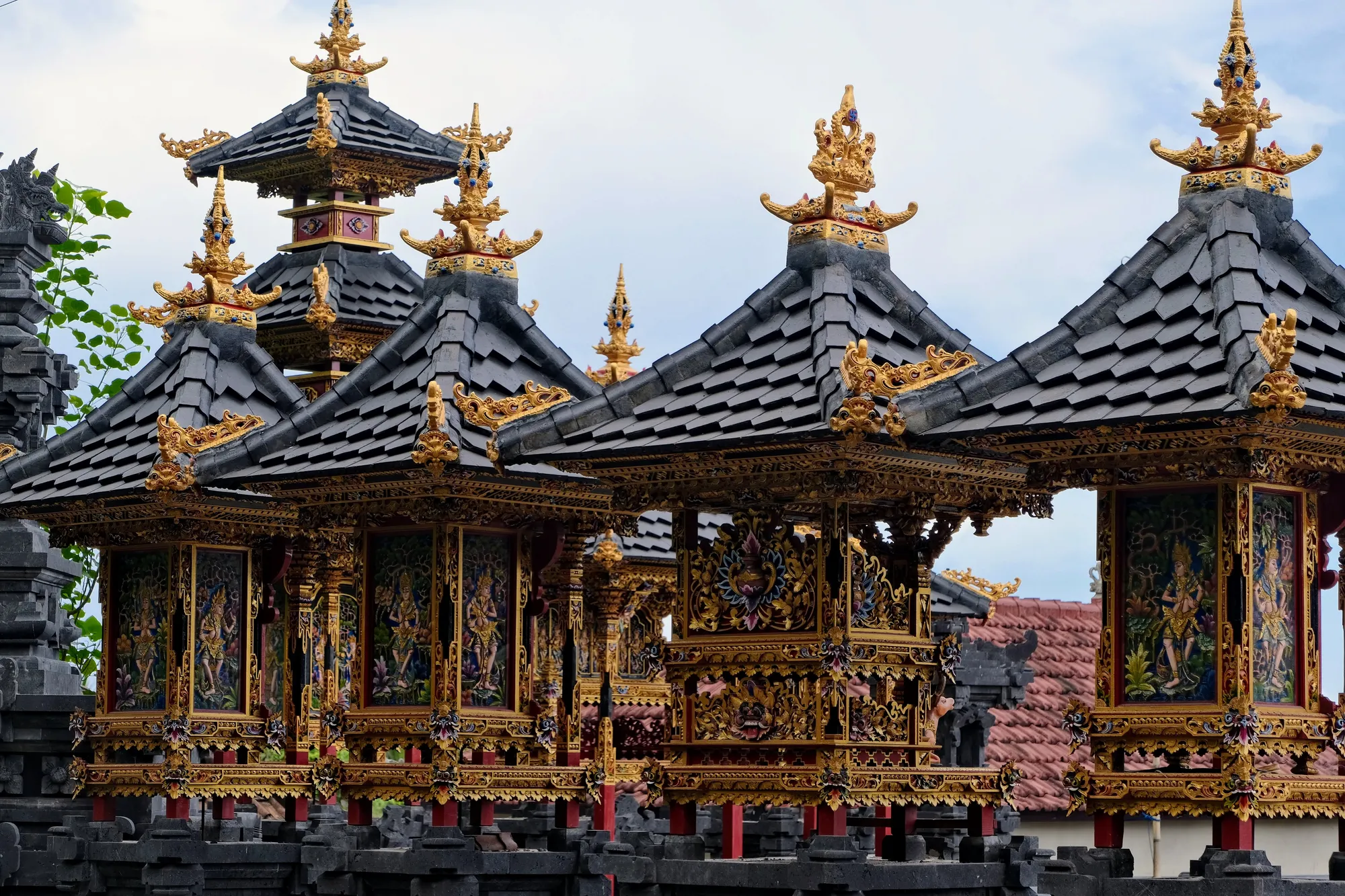Bali’s Culture and Art
Bali, known as the "Island of the Gods," is a destination that captivates visitors with its rich culture, stunning nature, and deep-rooted history. While the island is famous for its breathtaking beaches and bustling tourist areas, we found a side of Bali that thrives on authenticity. Its vibrant culture is a blend of art, history, and deep-rooted traditions that come to life in every corner of the island.
Whether you're diving into the local art scene with hands-on experiences, meeting skilled artisans, or simply wandering through galleries and workshops, the creativity and craftsmanship here are palpable.
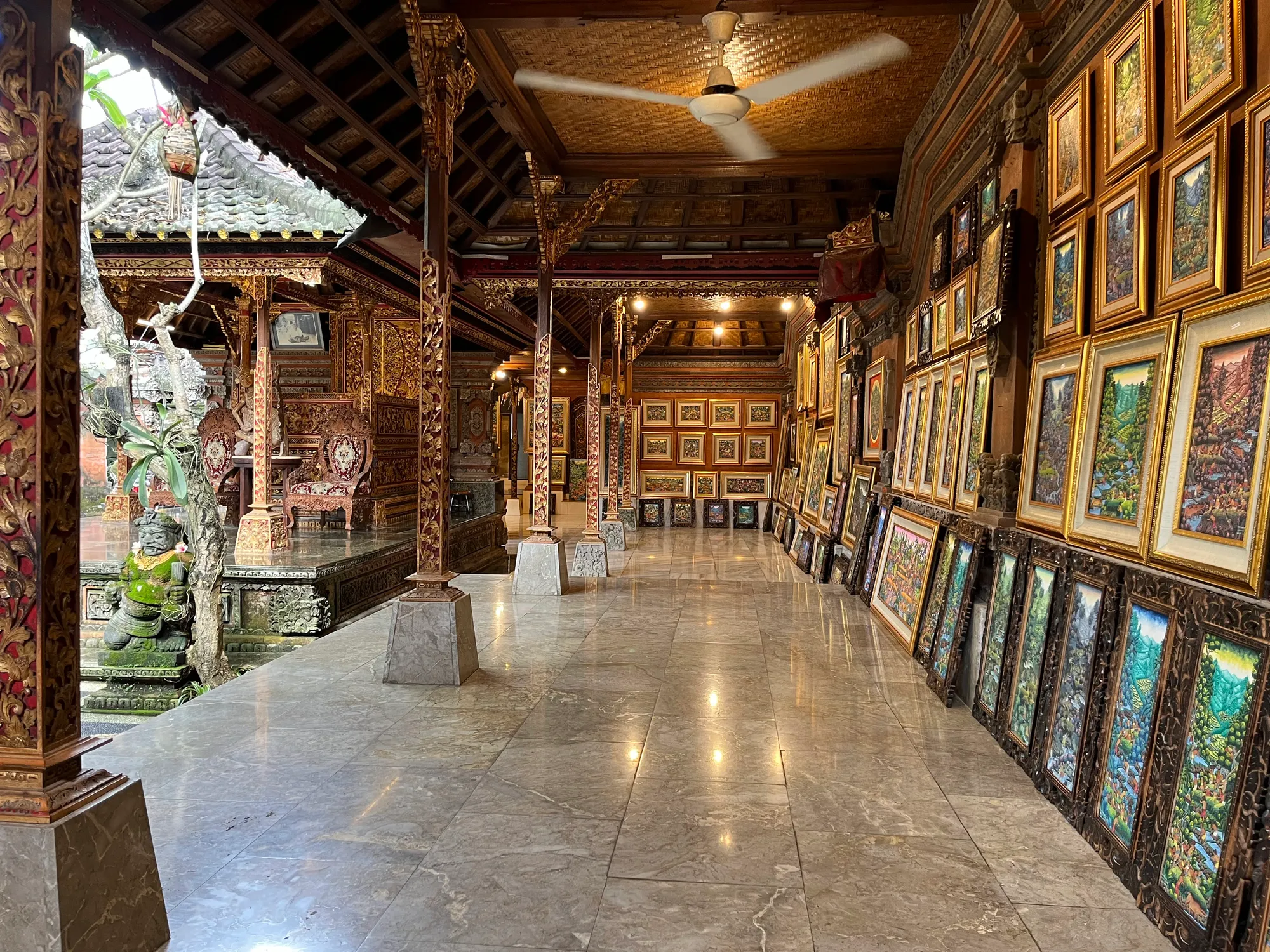
The island's rich history unfolds as you explore its ancient temples and royal palaces, offering glimpses into Bali’s spiritual and cultural legacy. Beyond the sights, we embraced local customs and traditions in the heart of villages and highland communities, immersing ourselves in the everyday rhythms of Balinese life.
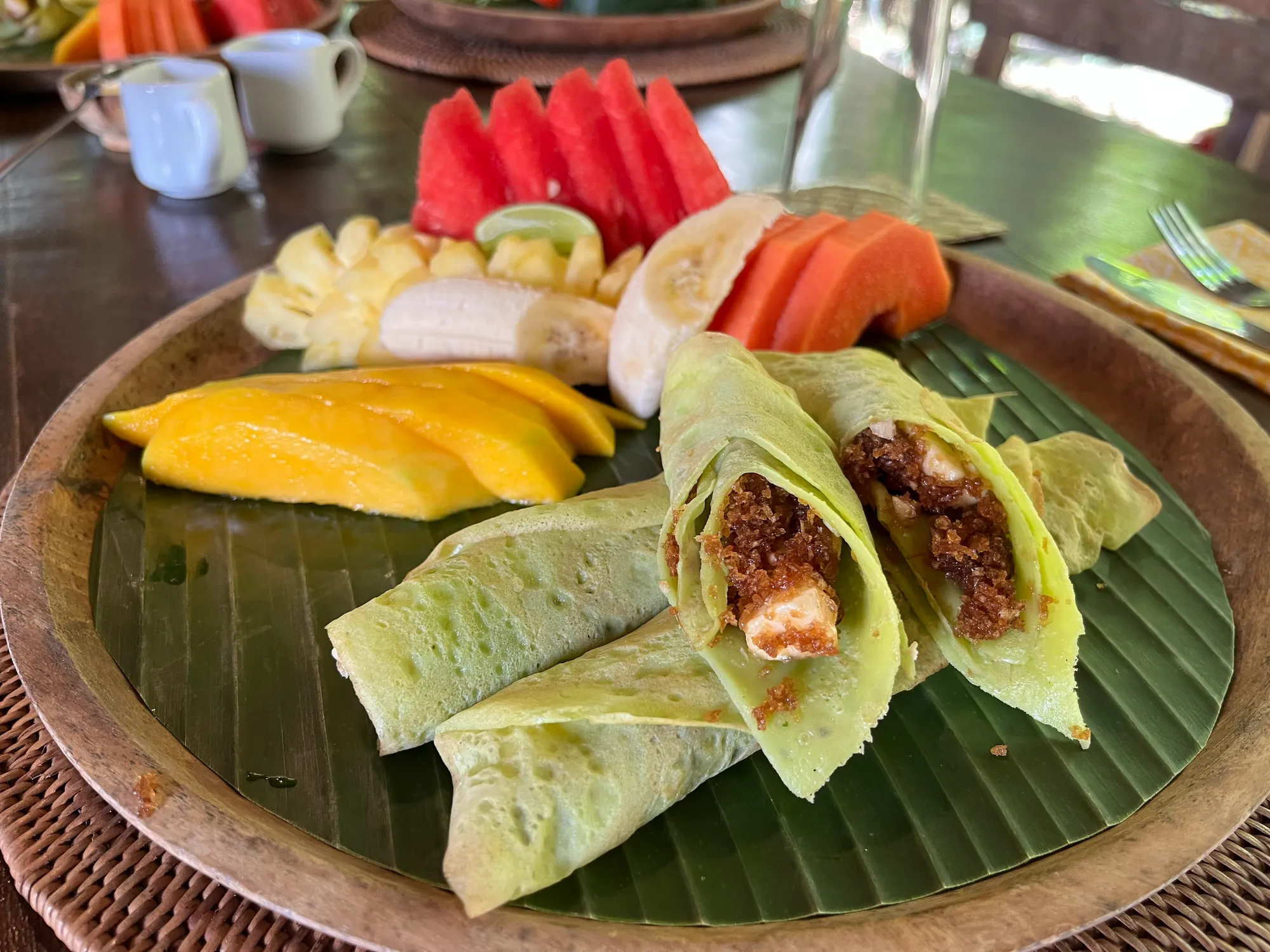
And of course, no journey is complete without indulging in the simple, flavorful dishes at family-run eateries, where meals are served with a side of warm hospitality. Bali’s culture isn’t just something to observe—it’s something you can feel, taste, and experience on a deeply personal level.
The Art of Batik
We were first introduced to batik a few years ago by our kids' Spanish teacher, who creates stunning batik designs herself. Her passion for the art sparked my curiosity, and I knew I had to try it while in Bali. After all, batik originated in Indonesia, and we couldn’t pass up the opportunity to experience it firsthand.
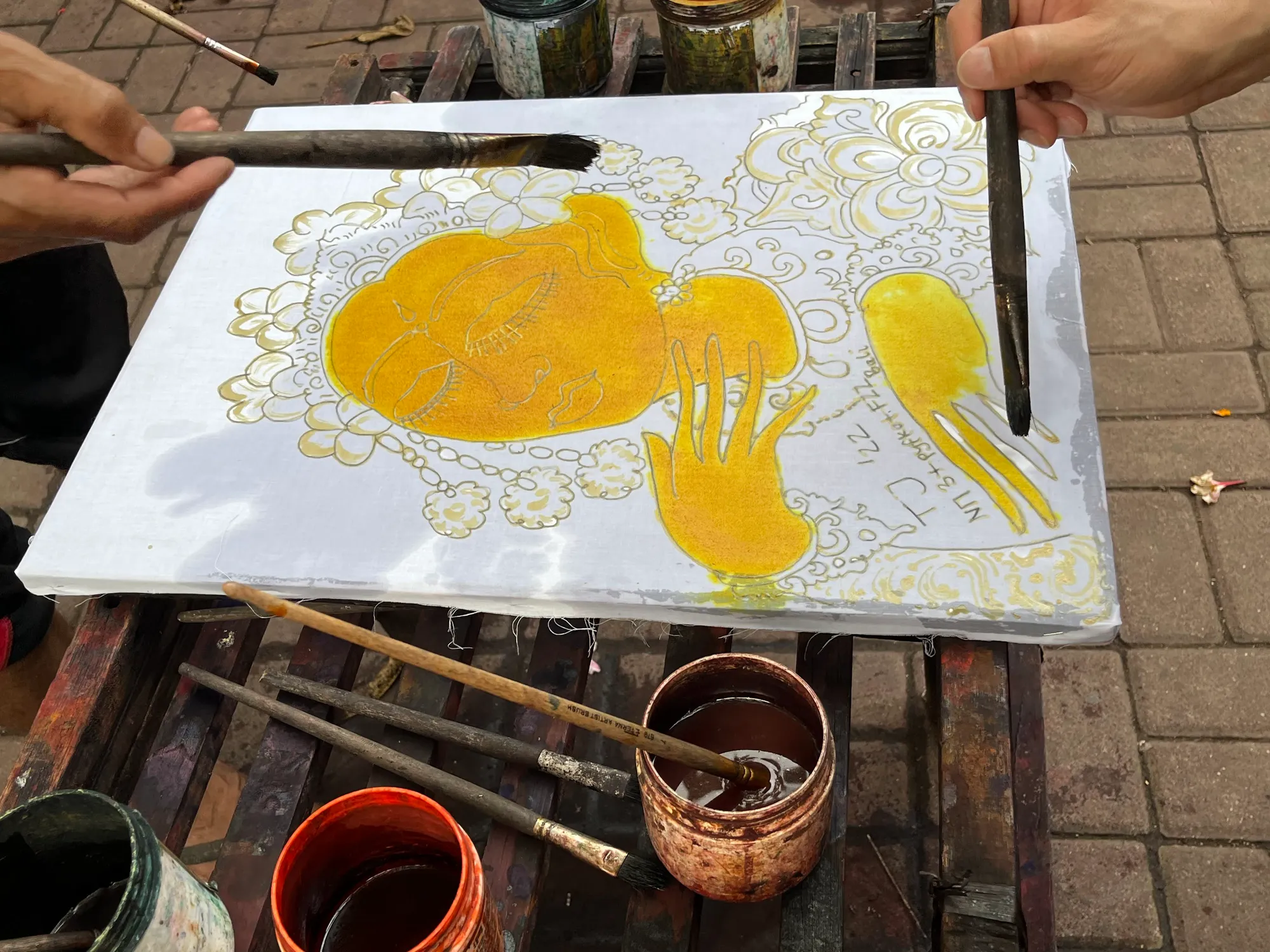
We were first introduced to batik a few years ago by our kids' Spanish teacher, who creates stunning batik designs herself. Her passion for the art sparked my curiosity, and I knew I had to try it while in Bali. After all, batik originated in Indonesia, and we couldn’t pass up the opportunity to experience it firsthand.
Batik is a traditional art form that involves creating intricate patterns on fabric using a wax-resist dyeing technique. Batik artists apply hot wax to fabric to outline designs, then dye the fabric, with the waxed areas resisting the dye. This process can be repeated with different colors to create multi-layered, detailed patterns. Once the desired design is achieved, the wax is removed by dipping the fabric in hot water, revealing vibrant and complex motifs. Batik often reflects cultural stories, nature, and symbolism, making it not just a decorative art, but also a meaningful expression of heritage.
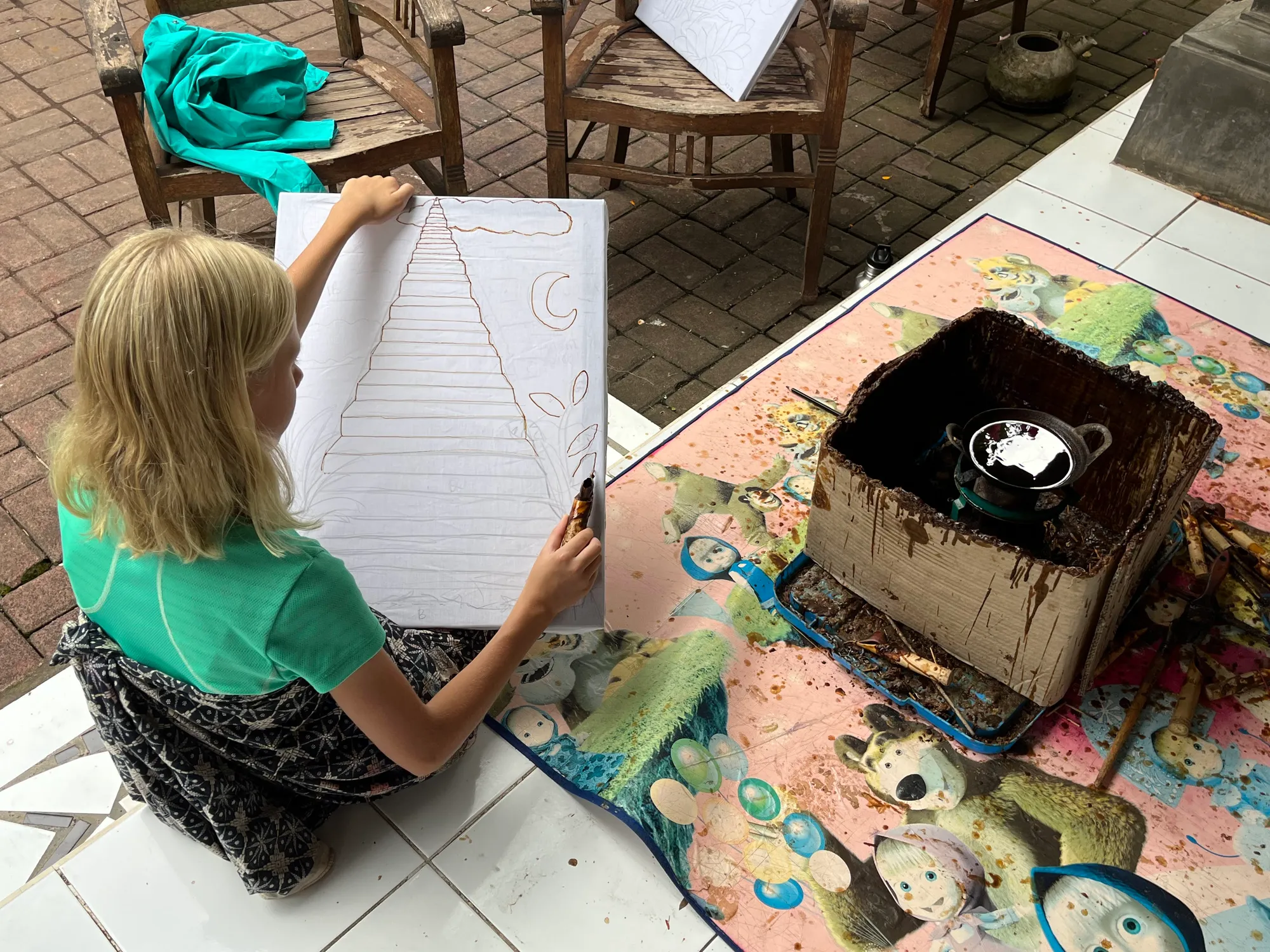
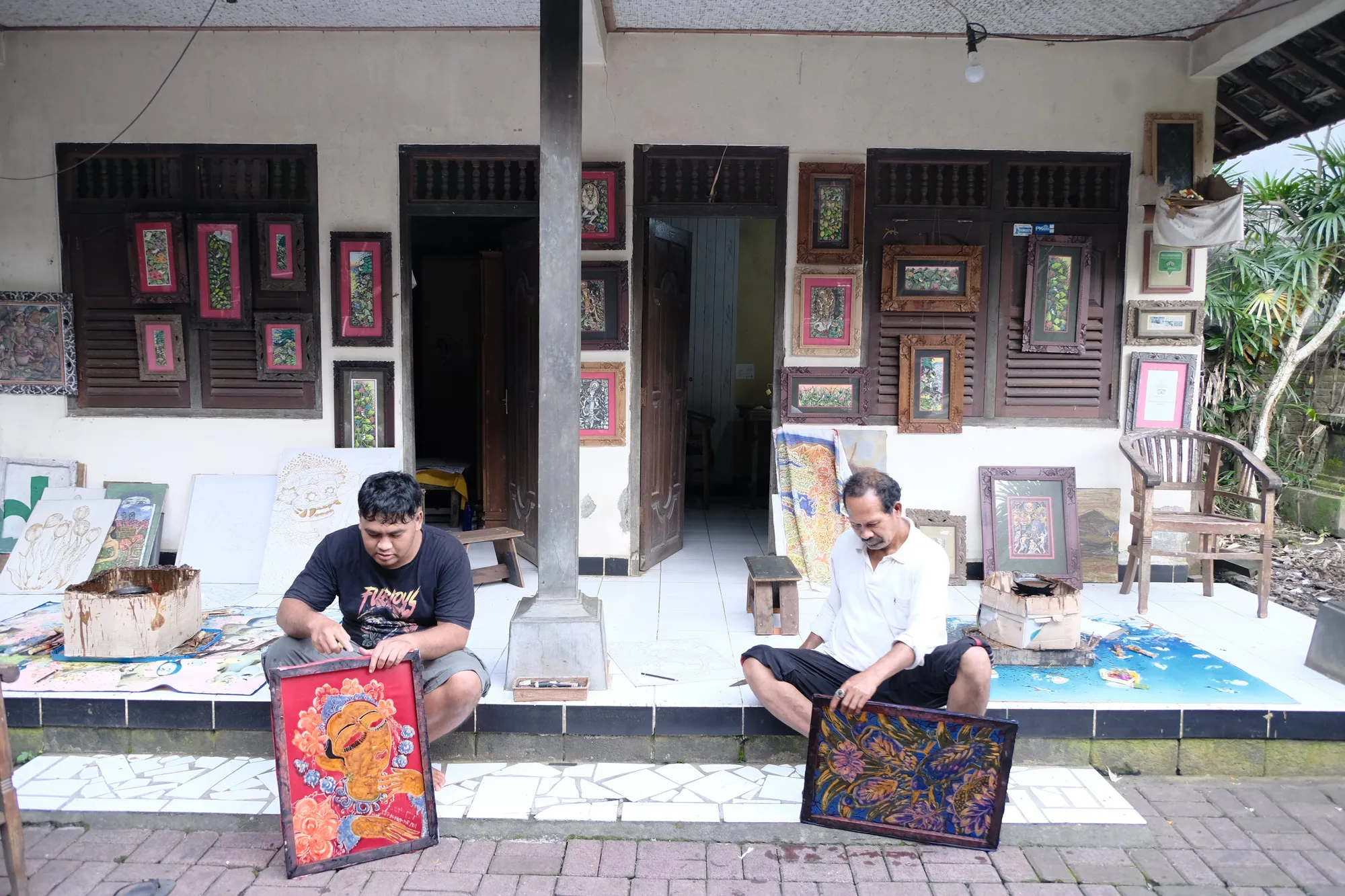
After some research, we picked a class at Nyoman Warta Batik Class. Nestled in a typical Ubud neighborhood, the class took place right in the artist’s own backyard, making it all the more intimate and authentic. As we headed to the class, we couldn’t find a sign for the studio at first, but eventually spotted a small “Nyoman Warta Batik” sign directing us down a narrow alley. Winding through what felt like people’s backyards, we finally arrived at an open-air art studio.
Nyoman, the artist and owner, greeted us warmly and guided us through the batik-making process. As we worked on our designs side by side, each focused on the intricate details of the batik technique, I felt a deeper connection to both the art and the Balinese culture we were experiencing firsthand.
Natural Dyers and Weavers Cooperative at Seraya
One of the highlights of our off-the-beaten-path road trip from Amed was discovering the Natural Dyers and Weavers Cooperative in Seraya. Nestled in a peaceful village, it felt like we had stepped back in time. When we arrived, we were warmly welcomed by one of the local weavers, who graciously invited us to witness their traditional craft.
From watching cotton threads being spun to seeing yarn dyed with natural colors, and finally observing the intricate weaving on backstrap looms, the experience offered a rare glimpse into an age-old art form.
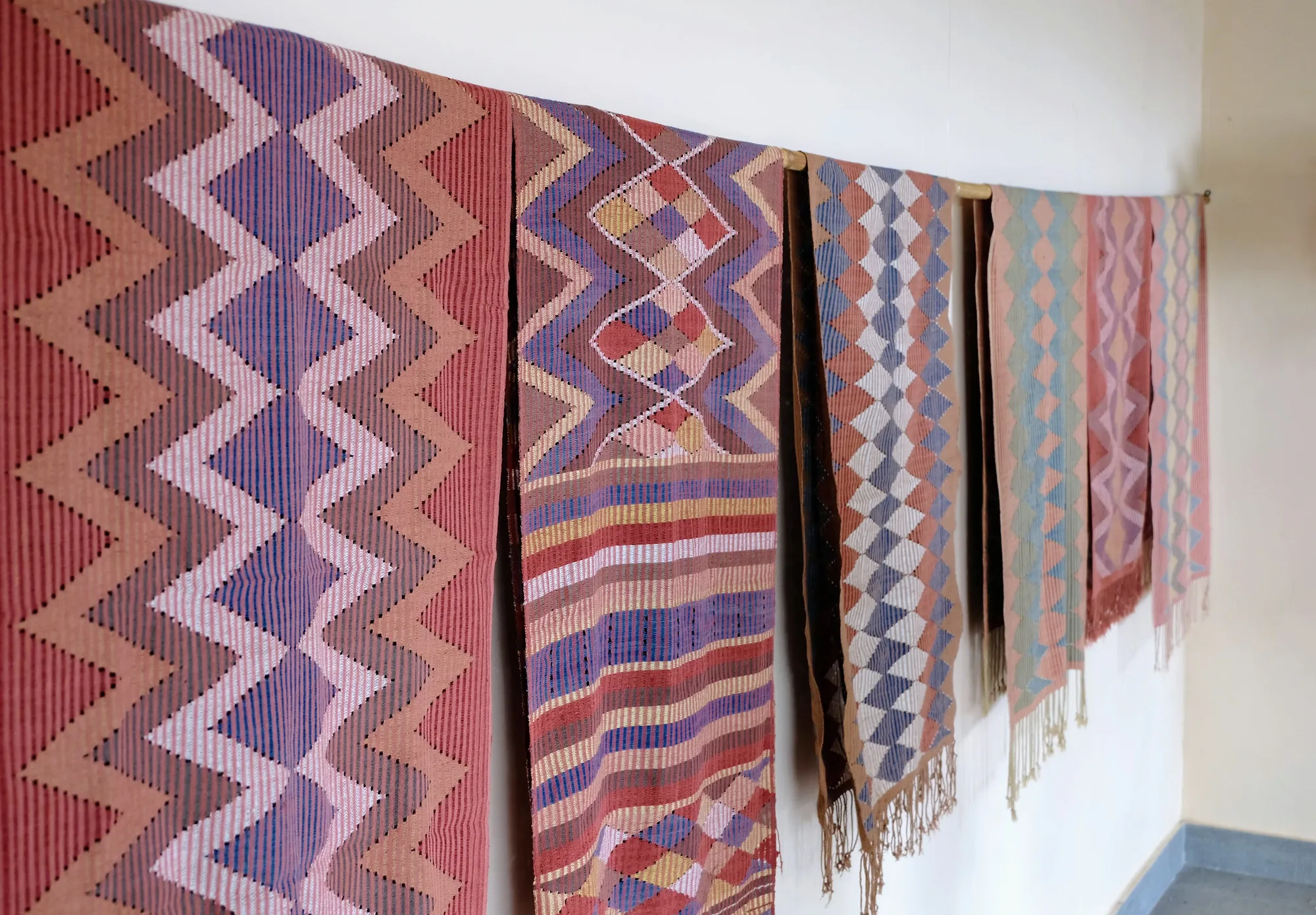
We later learned that the art of weaving has been passed down through generations in the village of Seraya, where around 50 women actively continue this tradition. The process of creating each fabric is incredibly meticulous, taking two to three months to complete. The cotton is grown in local gardens, harvested, and hand-spun using traditional spinning wheels.
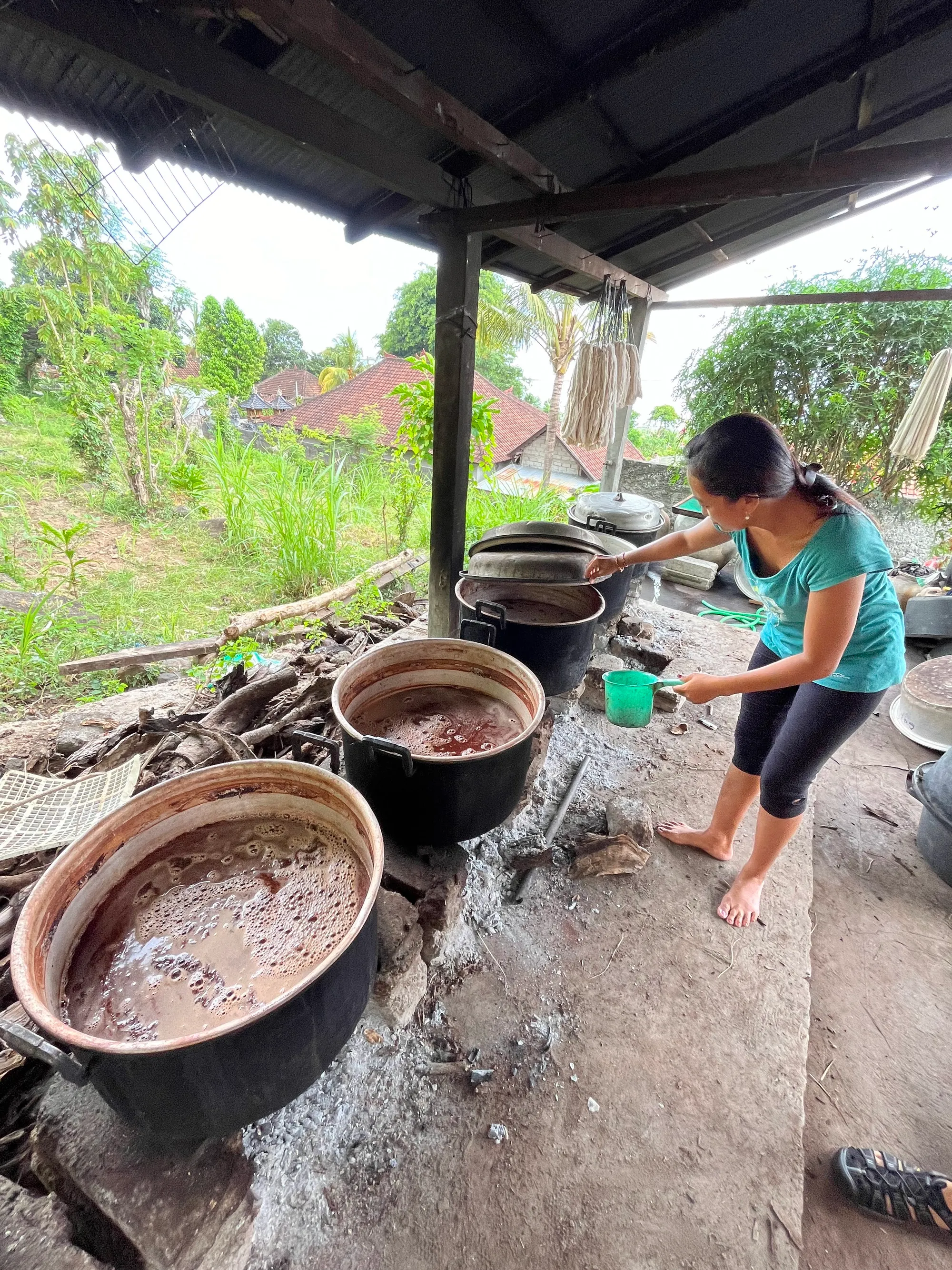
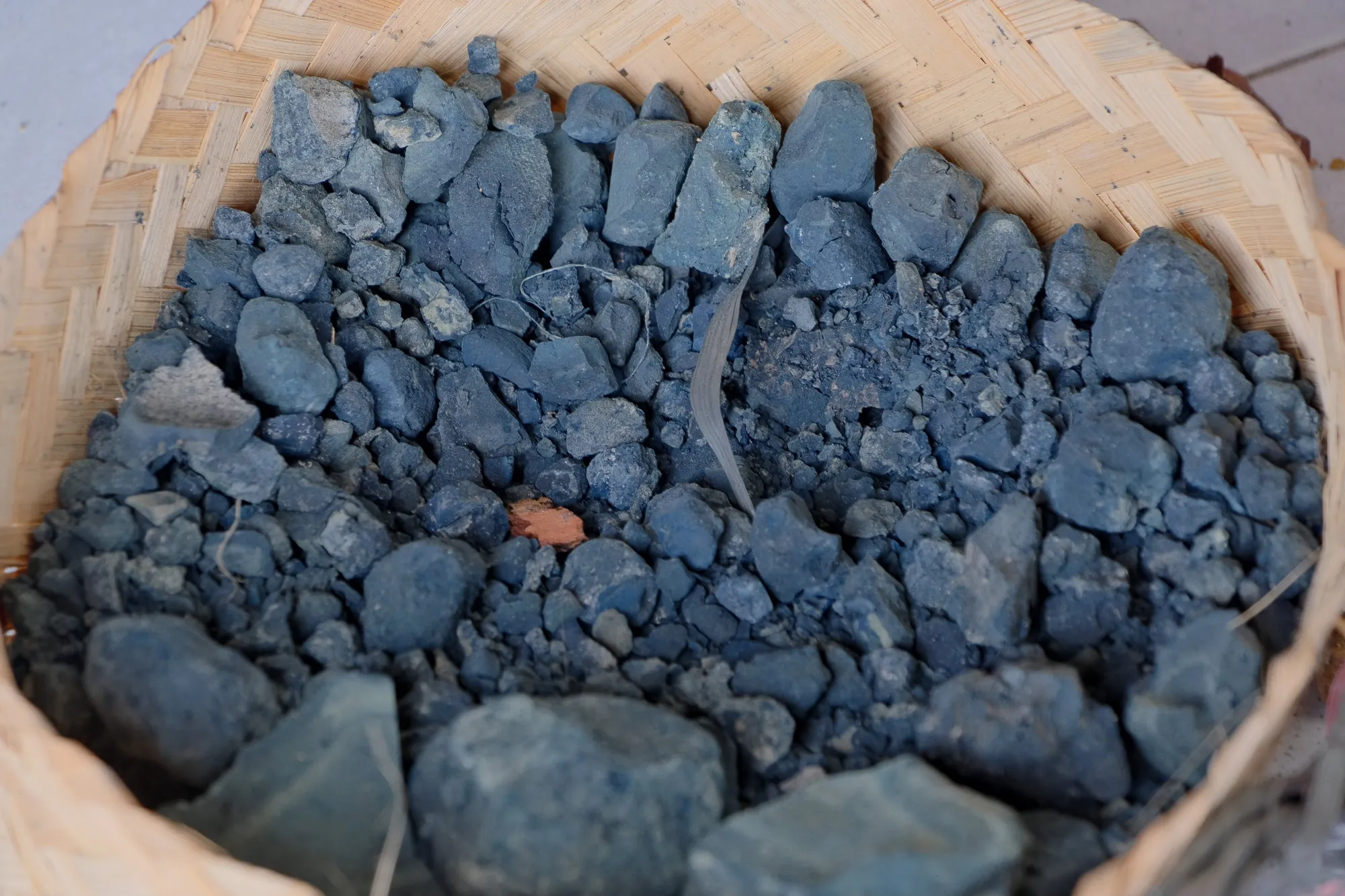
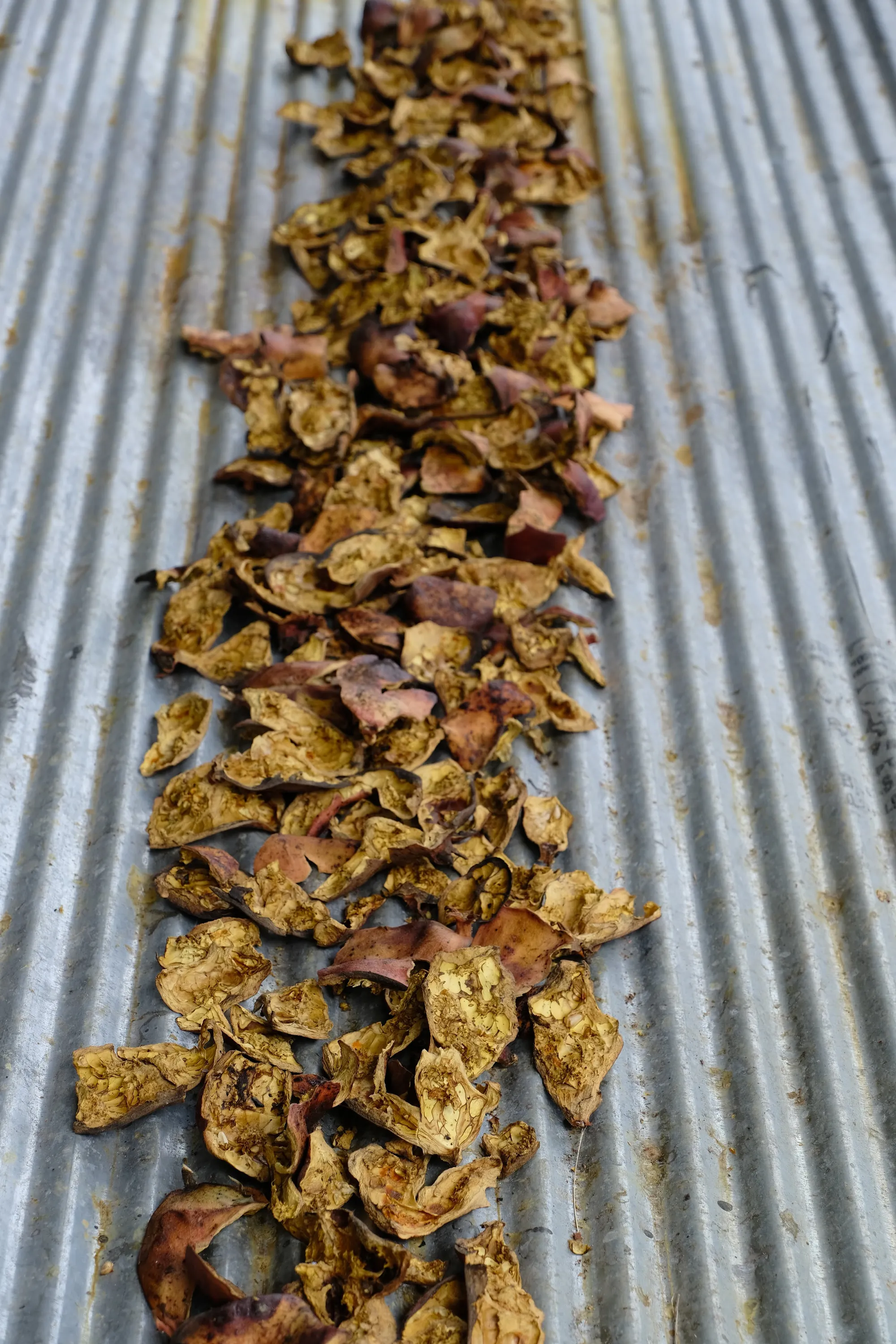
The threads are then dyed using various plants to produce beautiful, vibrant colors. For example, they use indigo for blue, the Fire Flame Bush for brown, and pomegranate fruit skin for orange or red. Each piece is woven by a single woman on a manual loom, often working either in small groups or independently in their homes. In Seraya, weaving is not only a cultural heritage but also a vital source of income for the women and their families.
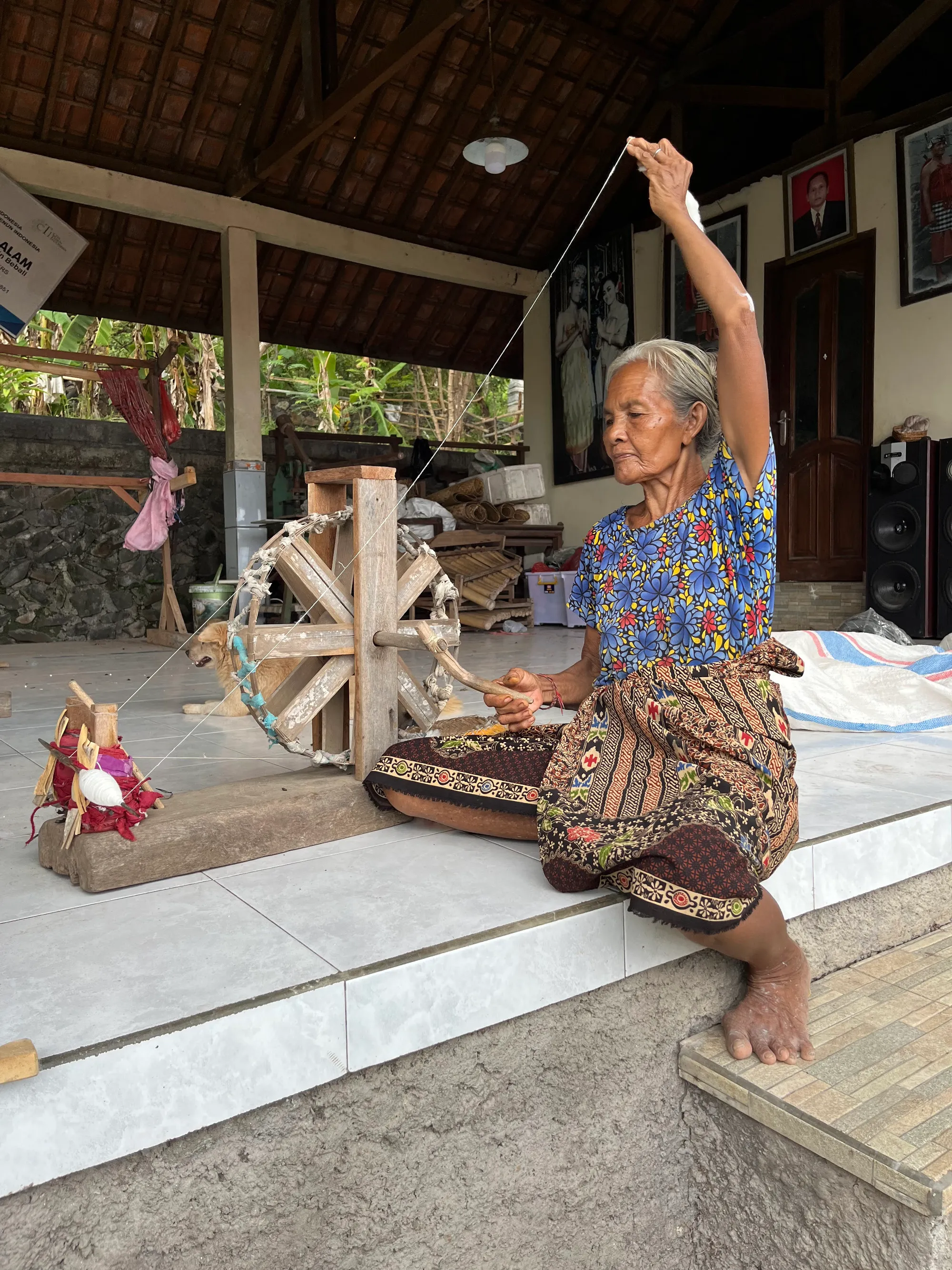
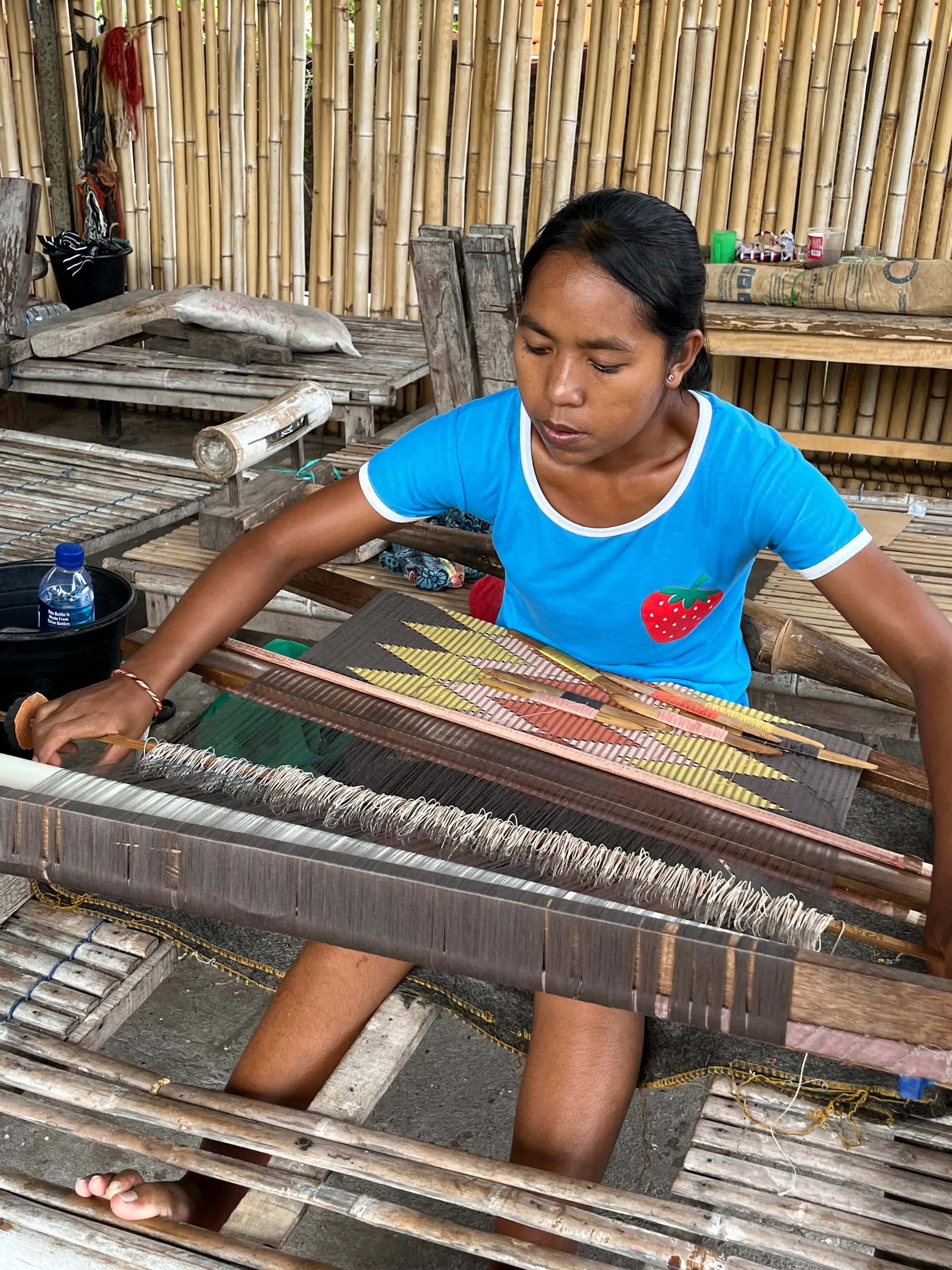
Watching the artisans work in Seraya was a truly moving experience. Their dedication to preserving traditional techniques was evident in every step of the process. The passion they poured into their craft was reflected in the stunning, intricate fabrics they produced. It was a moment that reminded me why I love exploring Bali beyond the typical tourist trails.
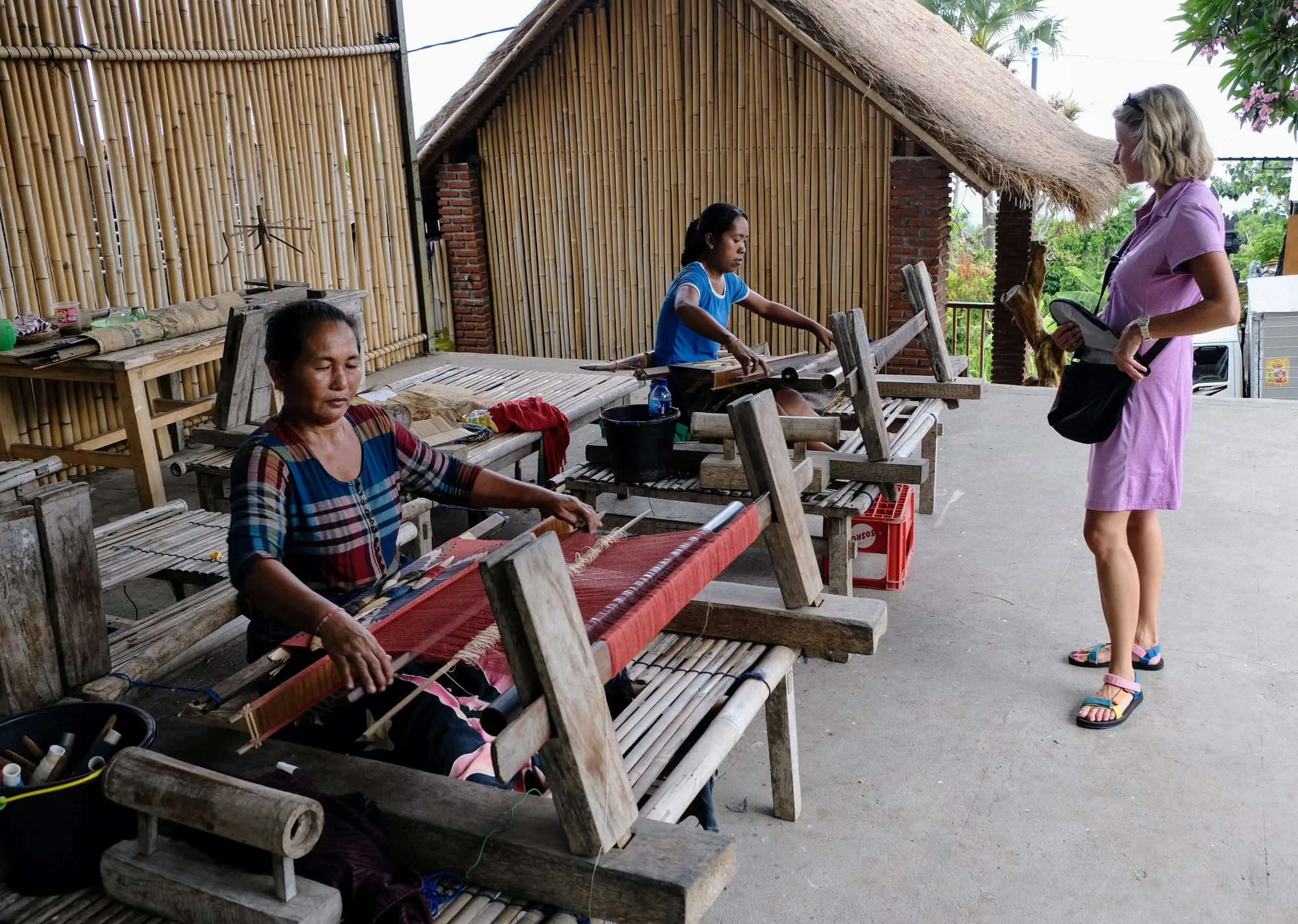
Artists at Work in the Villages of Southern Bali
In search of more Balinese art and cultural experiences, we embarked on a road trip from Ubud. Our journey took us to the villages of Mas and Celuk, followed by a visit to the Dewa Putu Toris Art Gallery—each a testament to Bali's vibrant creative spirit. In Mas, we admired the intricate wood carvings, while in Celuk, we were captivated by the masterful craftsmanship of the silver jewelry. Our day ended at the Dewa Putu Toris Art Gallery, where we explored a stunning blend of traditional and contemporary Balinese art, set amidst lush gardens and open-air pavilions.
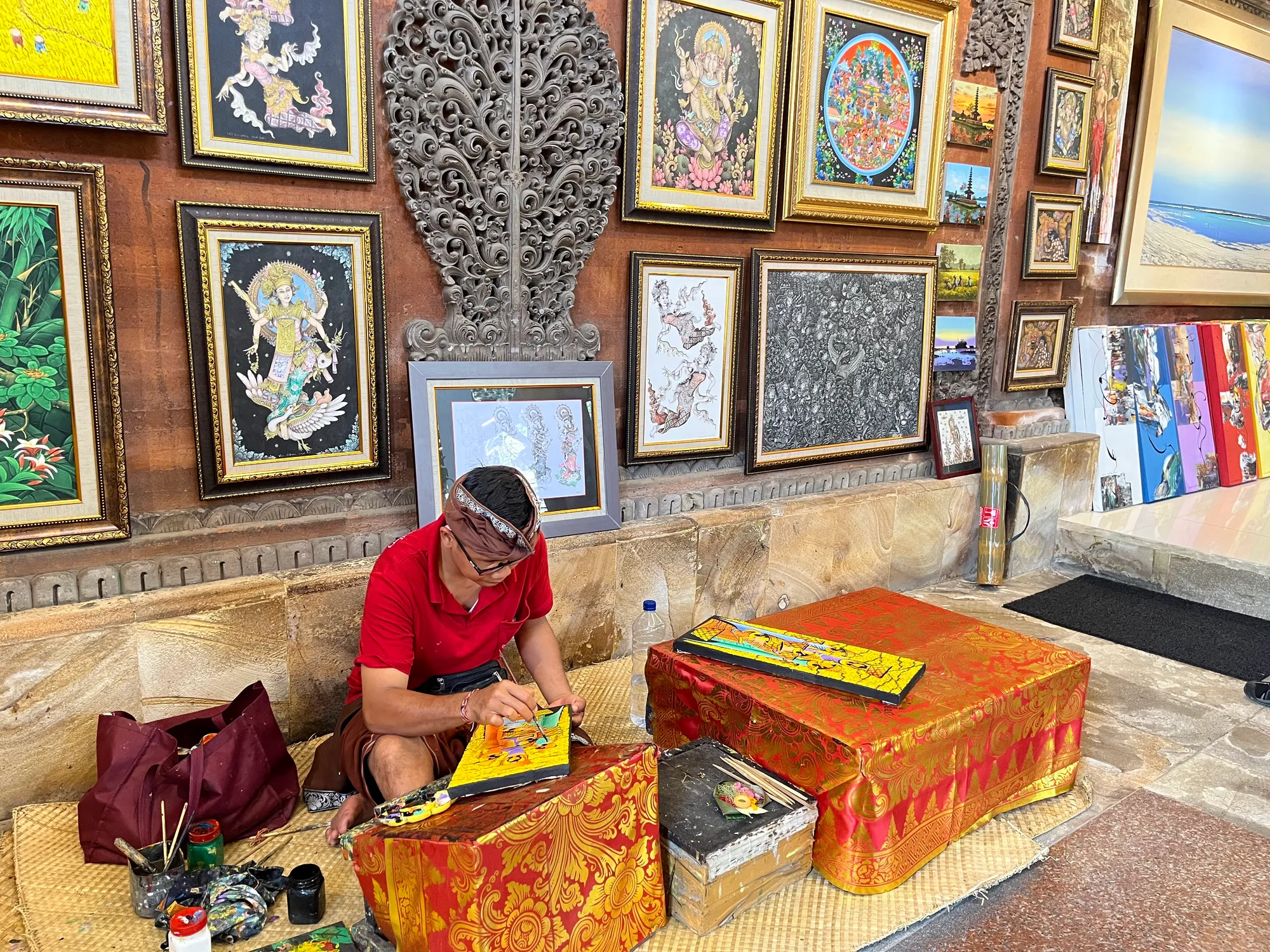
Mas village, steeped in tradition, traces its origins to ancient times when it was first renowned for crafting intricate masks used in Balinese ceremonies. Over the centuries, the artisans of Mas expanded their expertise to include elaborate wood carvings, and today the village stands as a testament to Bali’s artistic evolution. It beautifully blends heritage with modern creativity, offering more than just wood sculptures—there are also sacred dance performances and various art shows that celebrate the island’s vibrant culture. Nearly half of the village’s residents are involved in the arts, making it a hub of creativity. As we wandered through the streets, we discovered charming boutique shops showcasing handmade crafts and traditional Balinese artworks, each piece reflecting the village’s deep artistic roots.
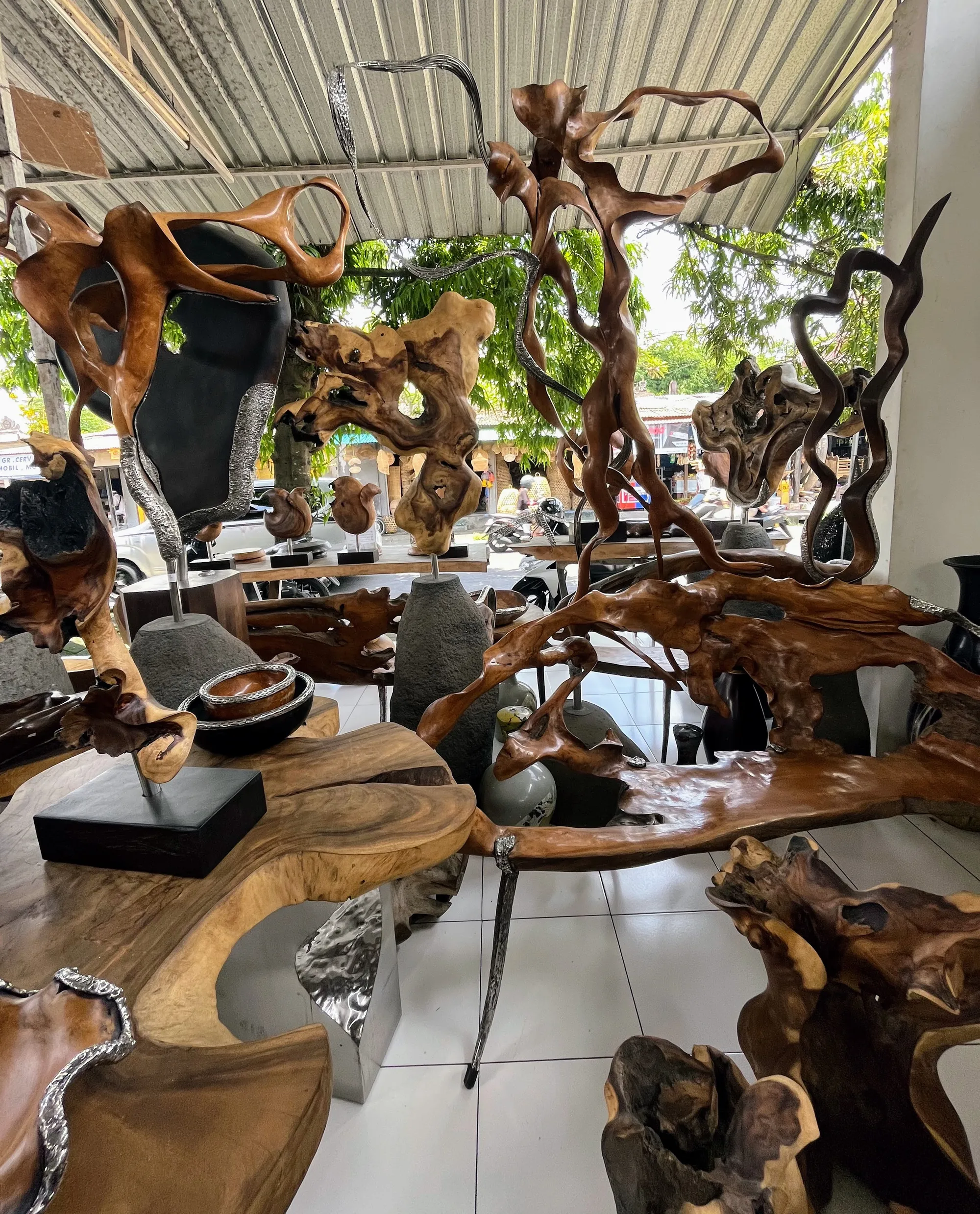
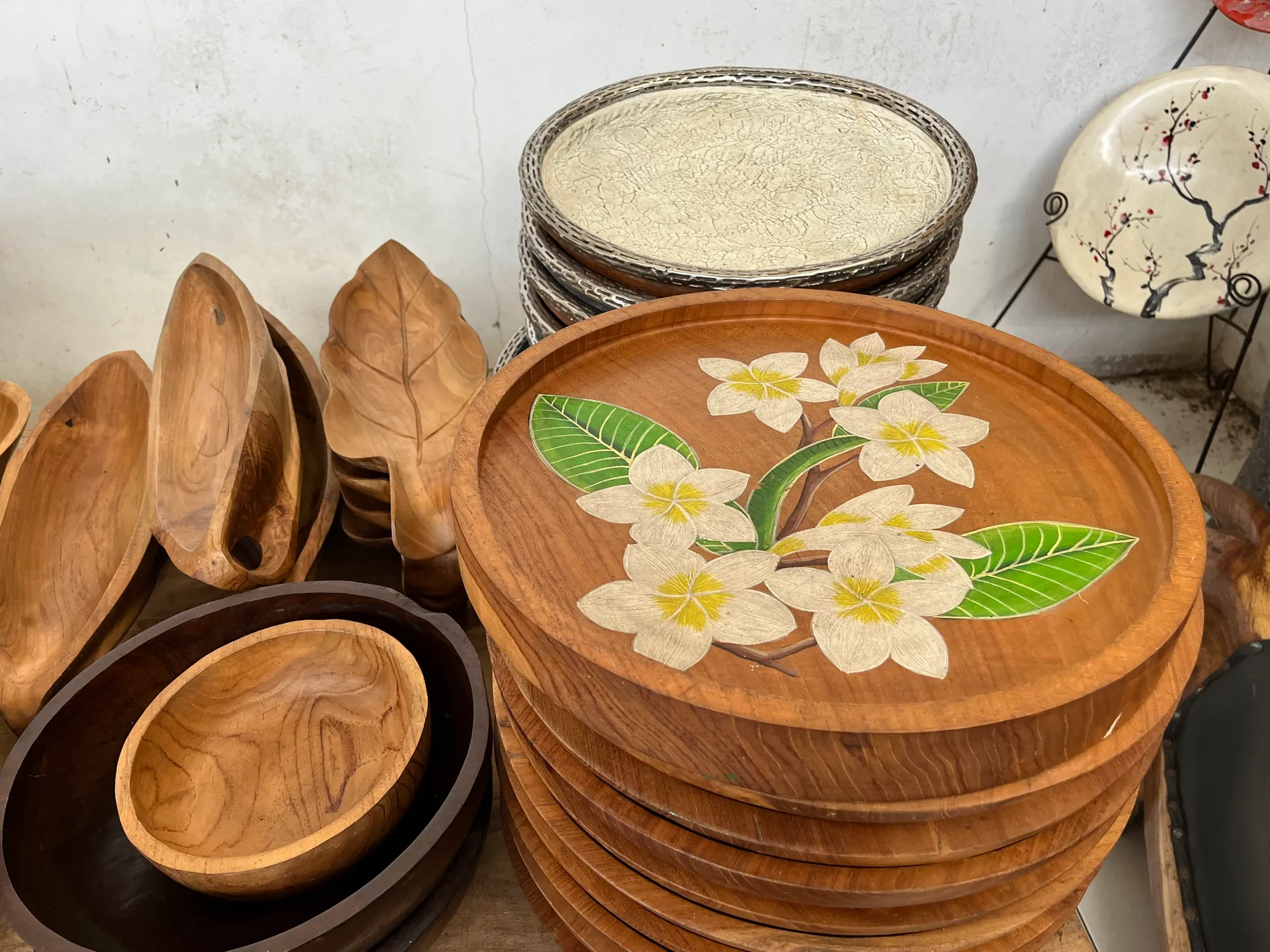
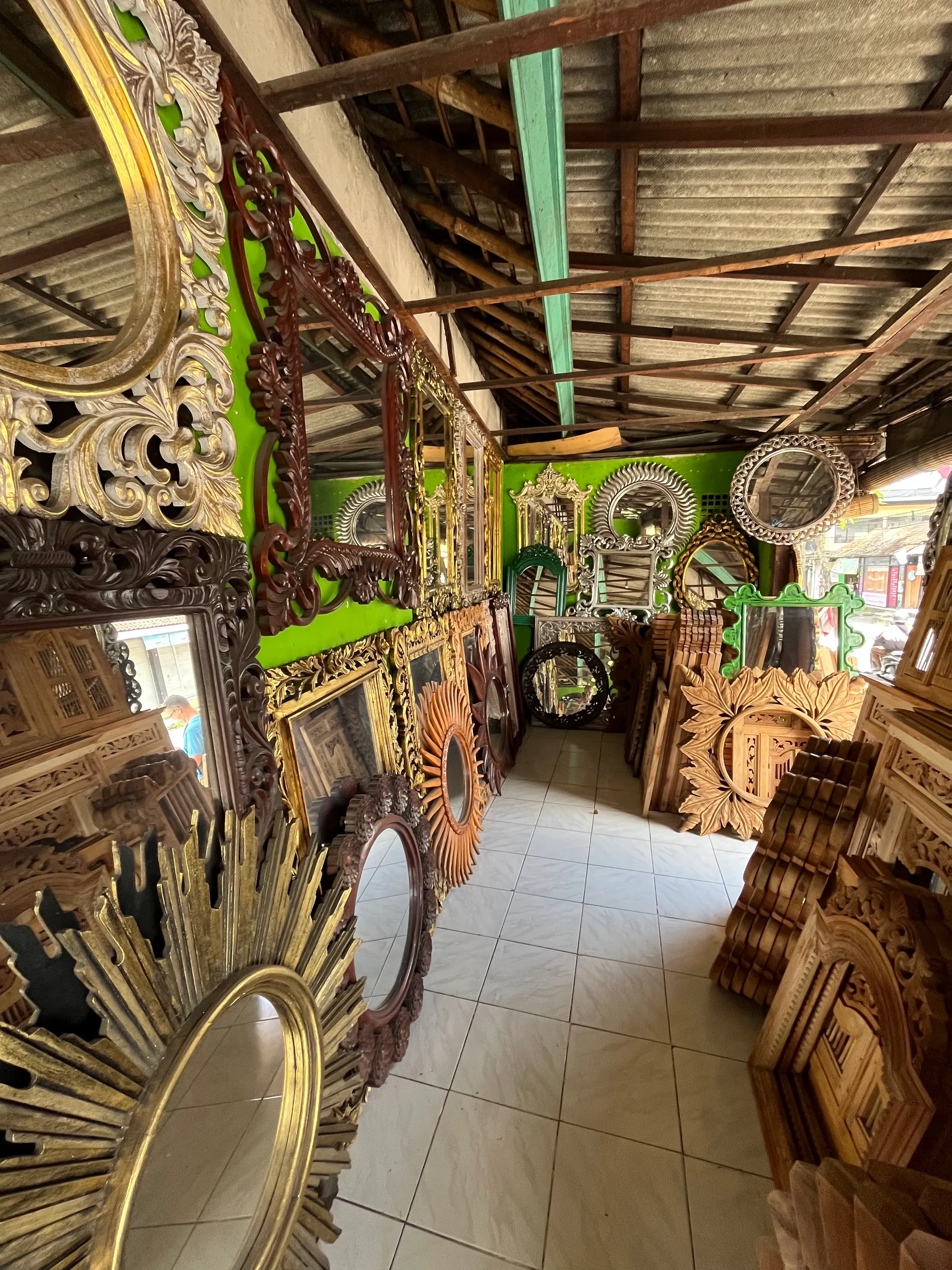
Meanwhile, Celuk dazzled us with its masterful gold and silver jewelry. Known as the home of Bali’s goldsmiths and silversmiths, Celuk has been crafting high-quality pieces for over a century. The main road is lined with workshops and galleries where nearly every household is involved in jewelry making, producing intricate bracelets, rings, necklaces, and other ceremonial adornments. The artisans’ skill and industriousness result in unique, detailed designs. Visitors can wander through rows of galleries displaying finely crafted pieces, from animal motif spoons to silverware trays.
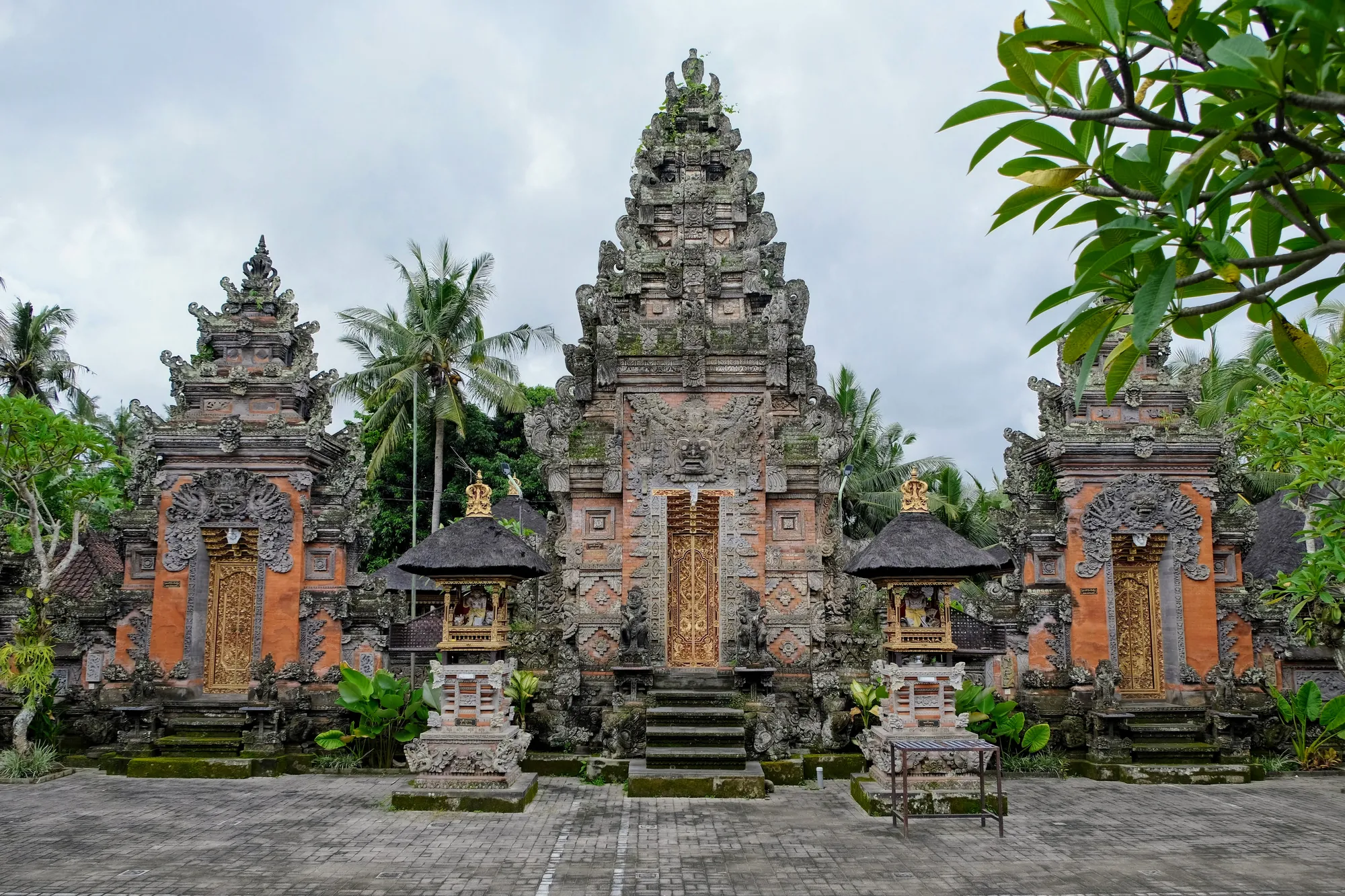
Our day continued at the Dewa Putu Toris Art Gallery, renowned for its exquisite Balinese paintings. The gallery offers a captivating mix of styles, from intricate mythological scenes to bold, abstract pieces, all created using traditional techniques. What truly sets this gallery apart is its stunning setting. The Balinese-style buildings, with their open-air design, are nestled within lush tropical gardens, where stone paths, statues, and water features create a serene environment that beautifully complements the art. Walking through the gallery and admiring the craftsmanship of local artists was a remarkable experience, made even more special by the opportunity to observe artists at work, bringing Bali’s artistic creativity to life before our eyes.
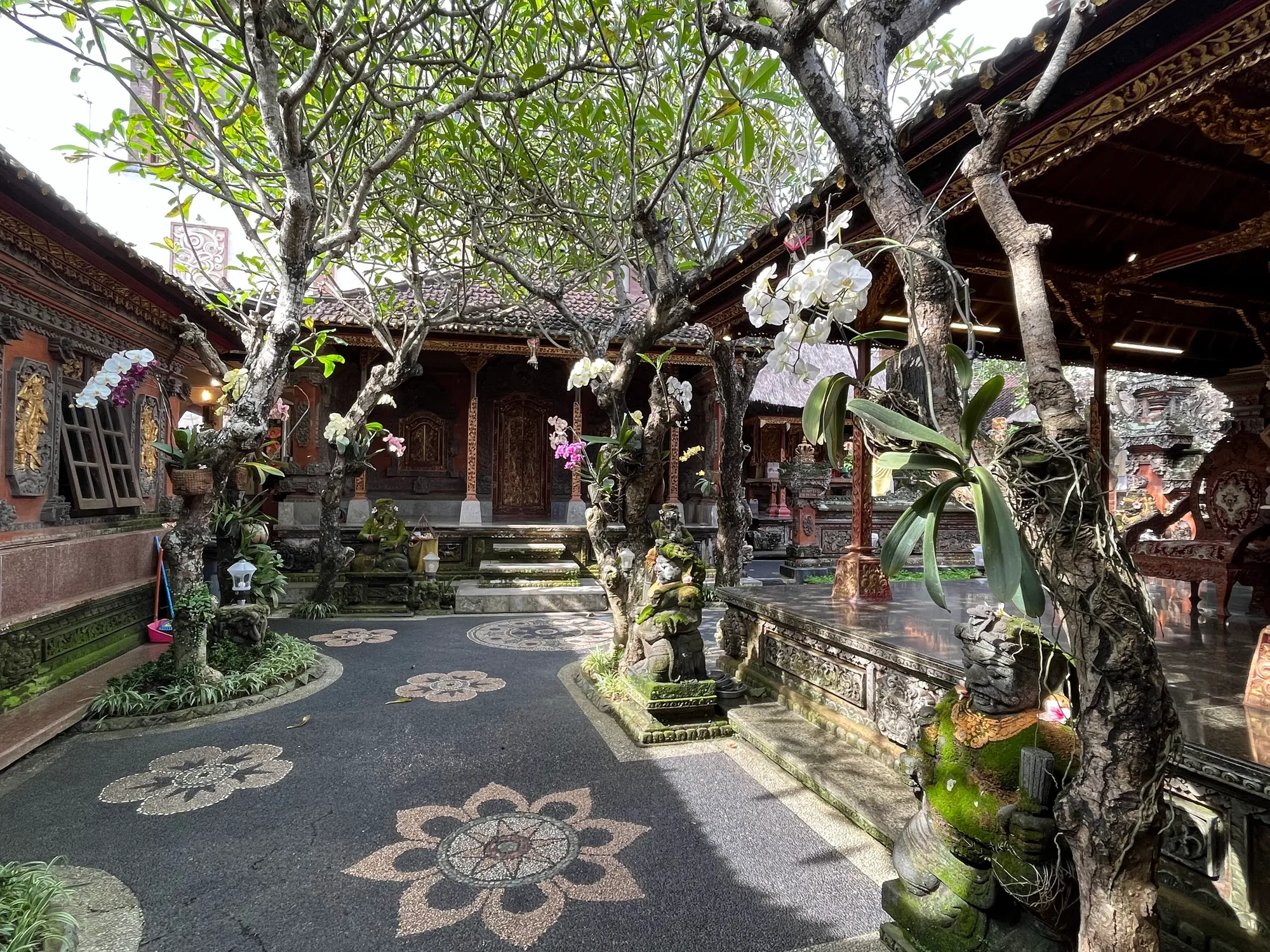
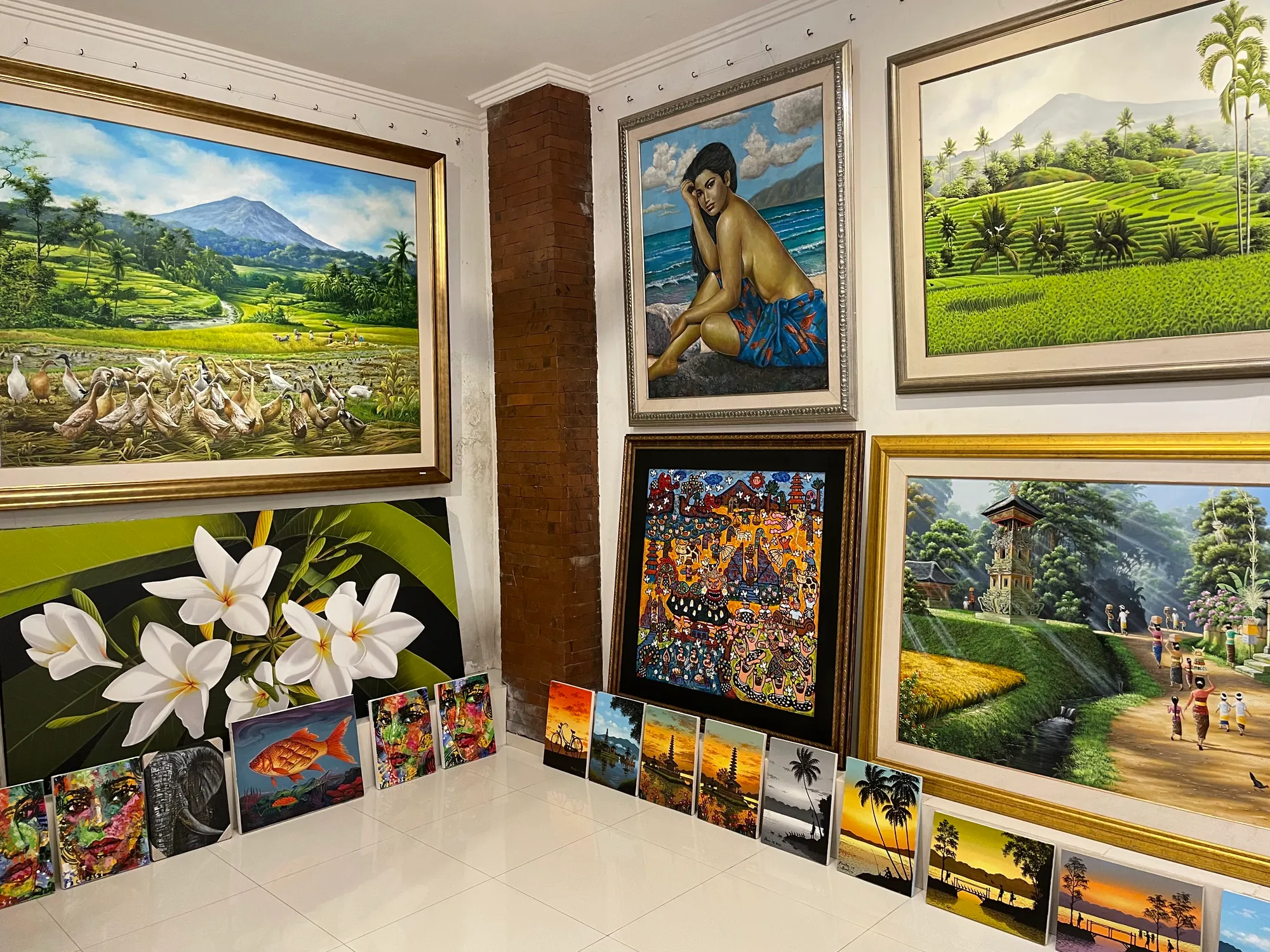
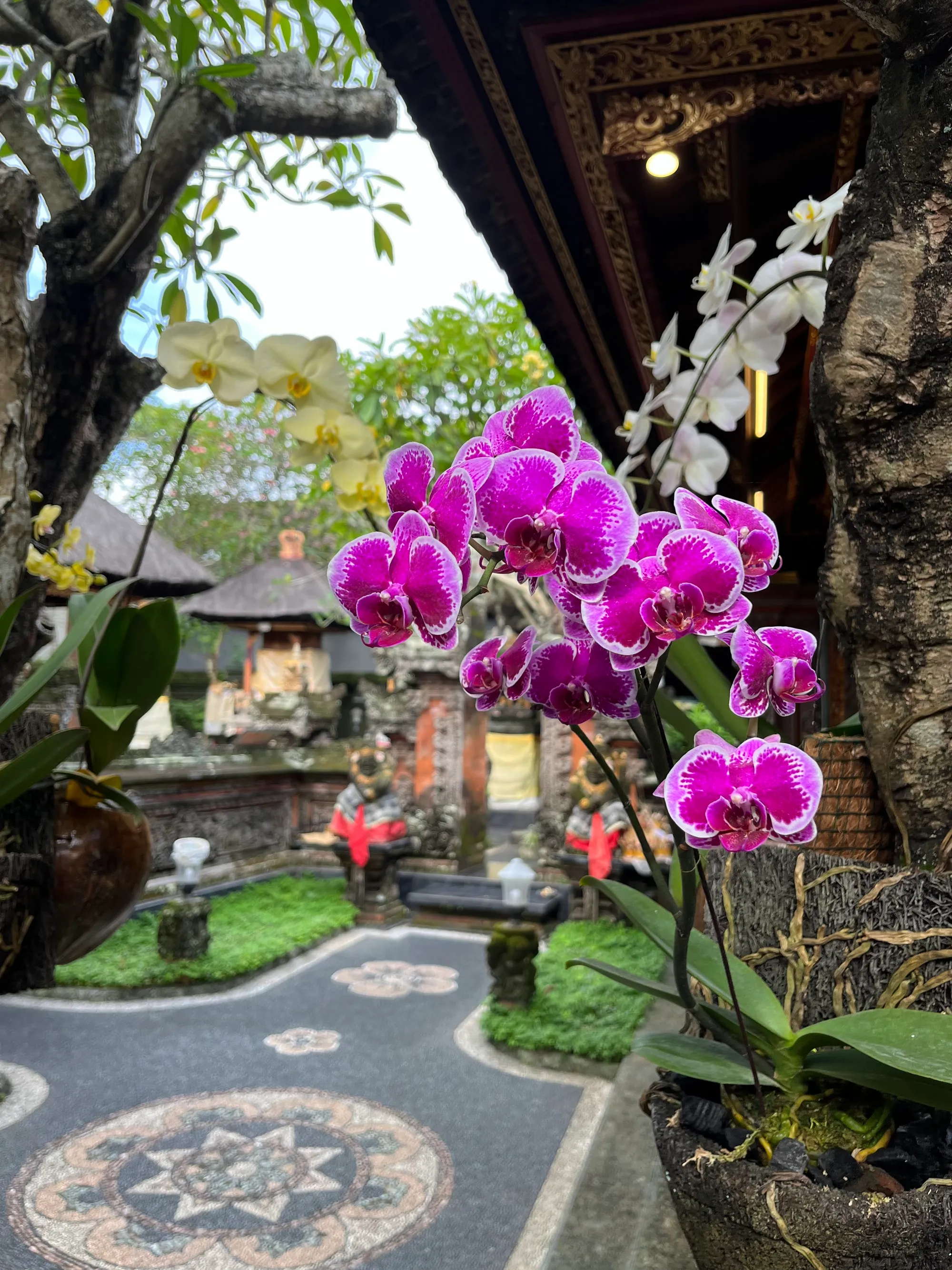
Balinese Food
Balinese cuisine is a rich blend of flavors deeply influenced by the island's Hindu culture and local ingredients. Typical Balinese foods often combine rice, spices, meats, seafood, and fresh vegetables, focusing on bold flavors like lemongrass, turmeric, ginger, and chili.
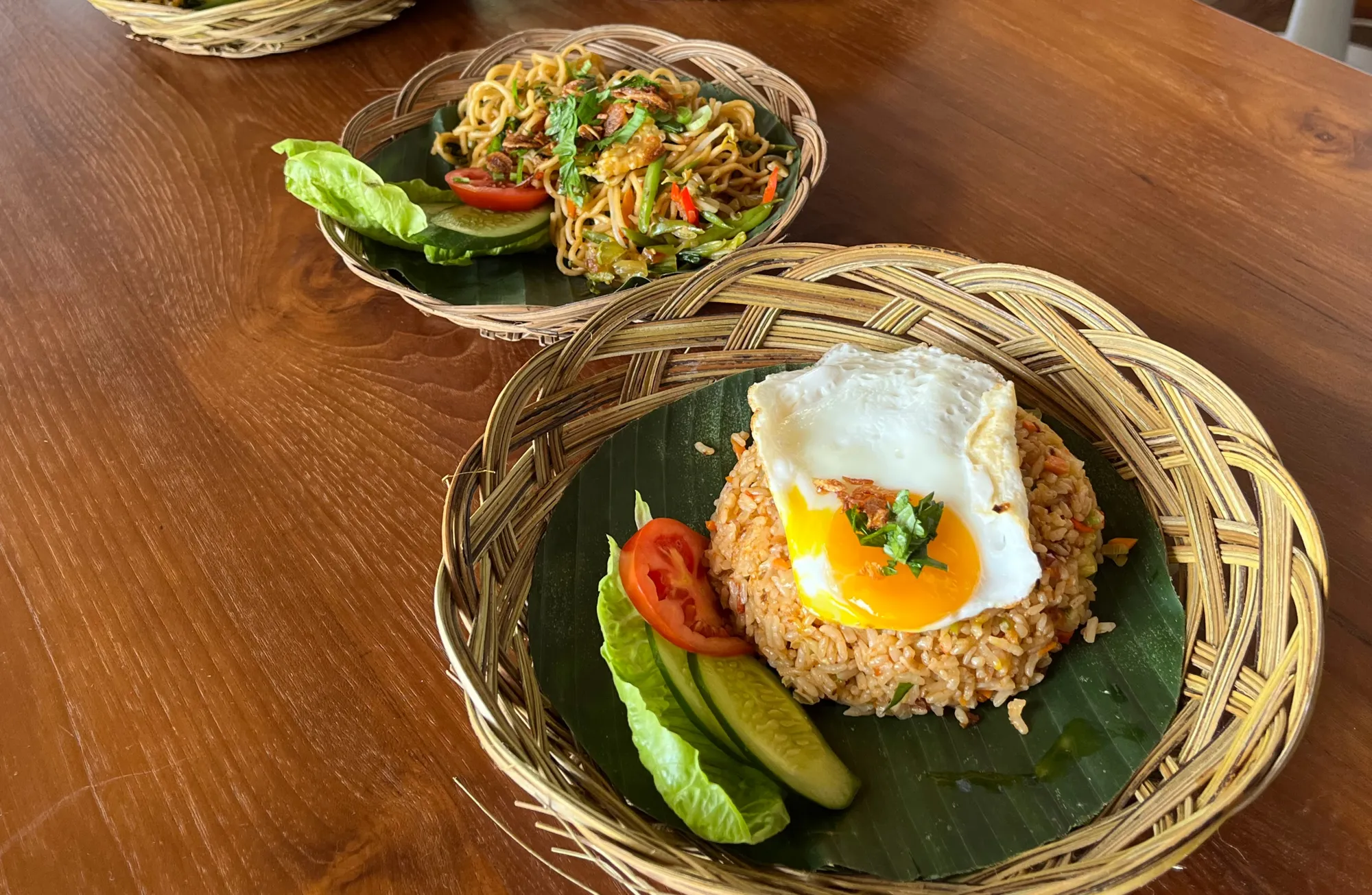
The vibrant flavors of Bali come alive with dishes like Gado-Gado, a delicious mix of boiled vegetables topped with peanut sauce, and the famous Nasi Goreng, Indonesia's classic fried rice with a perfect balance of savory and spicy, topped with fried egg. We couldn't resist the delicate Chicken Pepes, wrapped in banana leaves and bursting with aromatic spices, or the creamy Pumpkin Coconut Soup, which provided a comforting and flavorful twist. For a taste of Bali's beloved street food, we savored Sate Lilit, with its tender minced fish wrapped around lemongrass stalks, and ended meals with Pisang Goreng, a crispy, fried banana dessert.
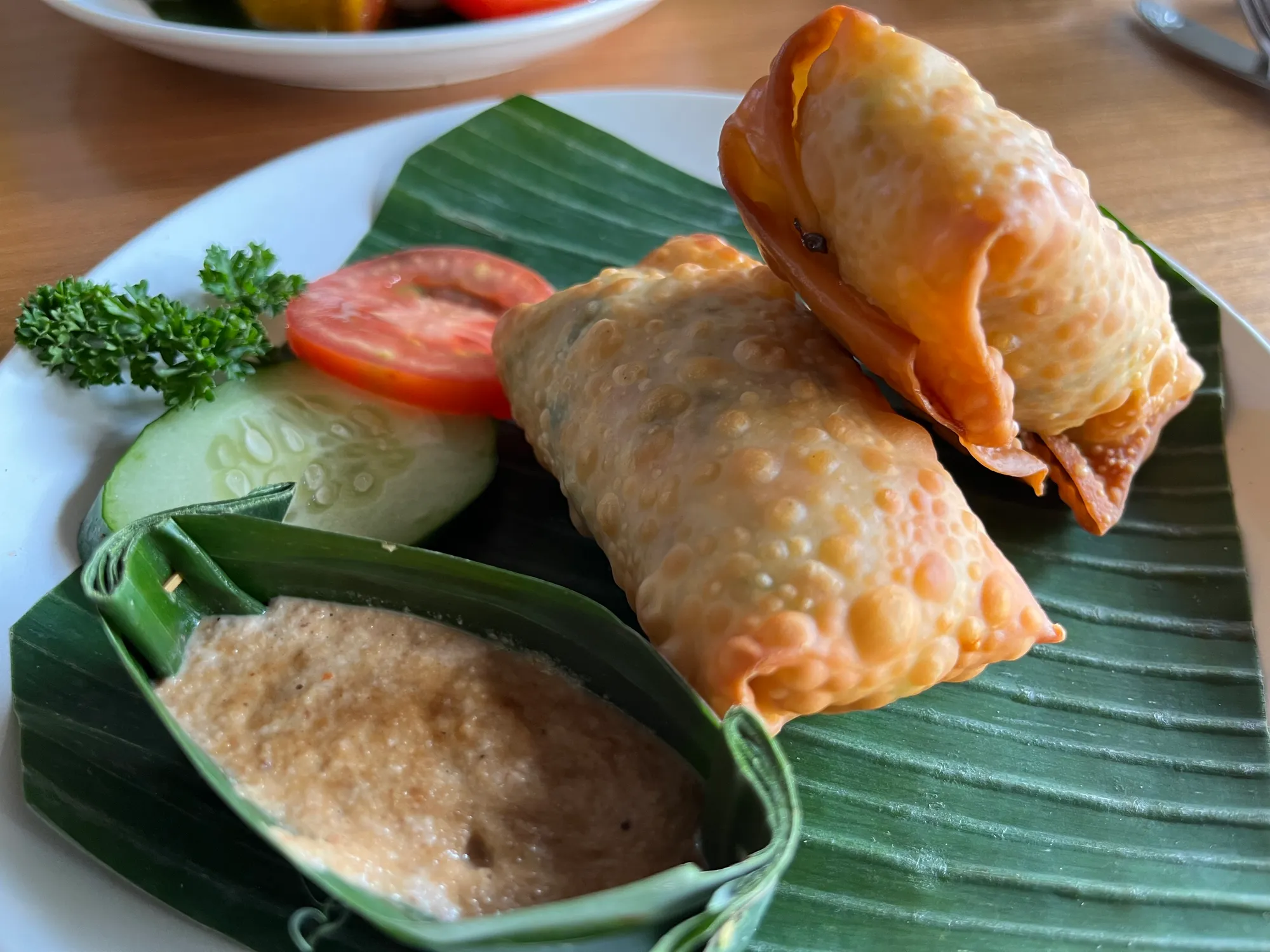
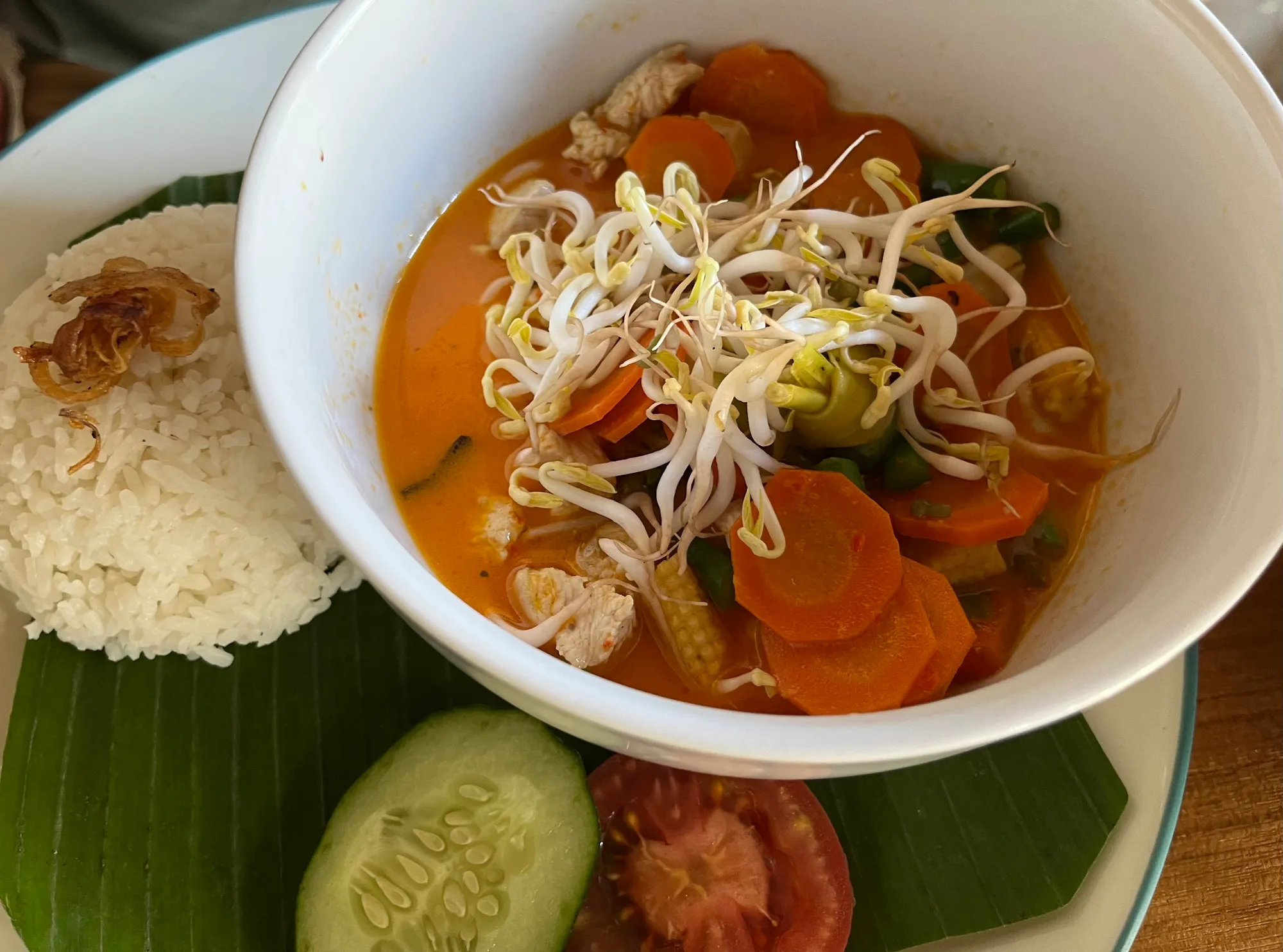
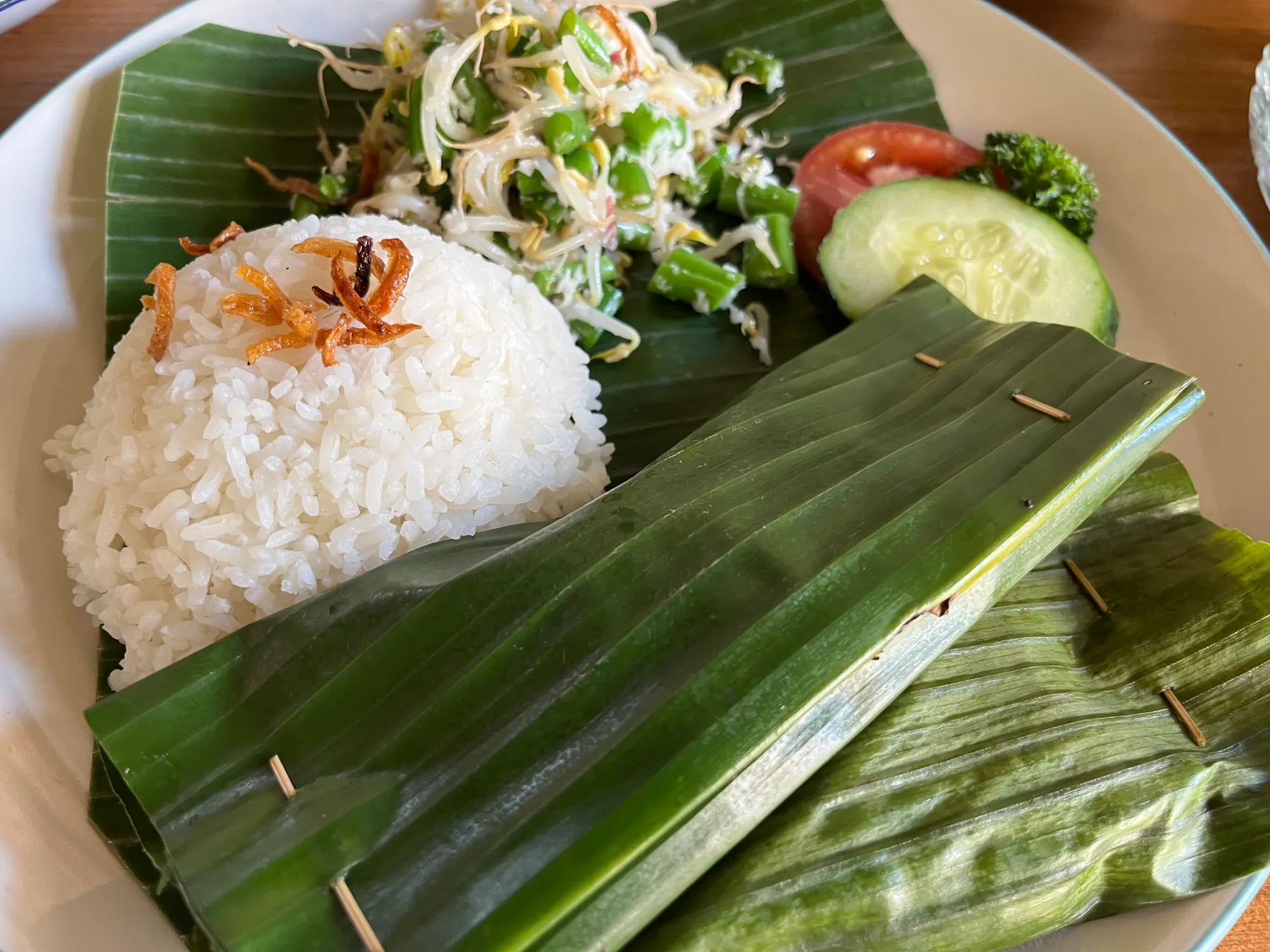
During our stay in Ubud, we were fortunate to be within walking distance of the amazing Abe-Do Organic Warung, where authentic Balinese dishes are crafted from fresh, locally sourced ingredients. Nyoman, the owner, is not only a master of food but also an incredible artist. His beautiful artwork adorns the walls of his charming warung, adding a personal touch to the inviting atmosphere. It was a heartwarming experience that genuinely showcased the warmth and creativity of the local people.
Continue Exploring
Bali's Hindu Culture
How we immersed ourselves in the Balinese Hindu culture through observing daily rituals and traditions and visiting local temples and performances.
Amed, Bali's Quiet Diving Paradise
Escape the crowds and uncover Amed, Bali’s best-kept secret. From world-class snorkeling and diving to off-the-beaten-path black sand beaches and charming villages, Amed invites you to explore its hidden gems in the quieter side of Bali.


